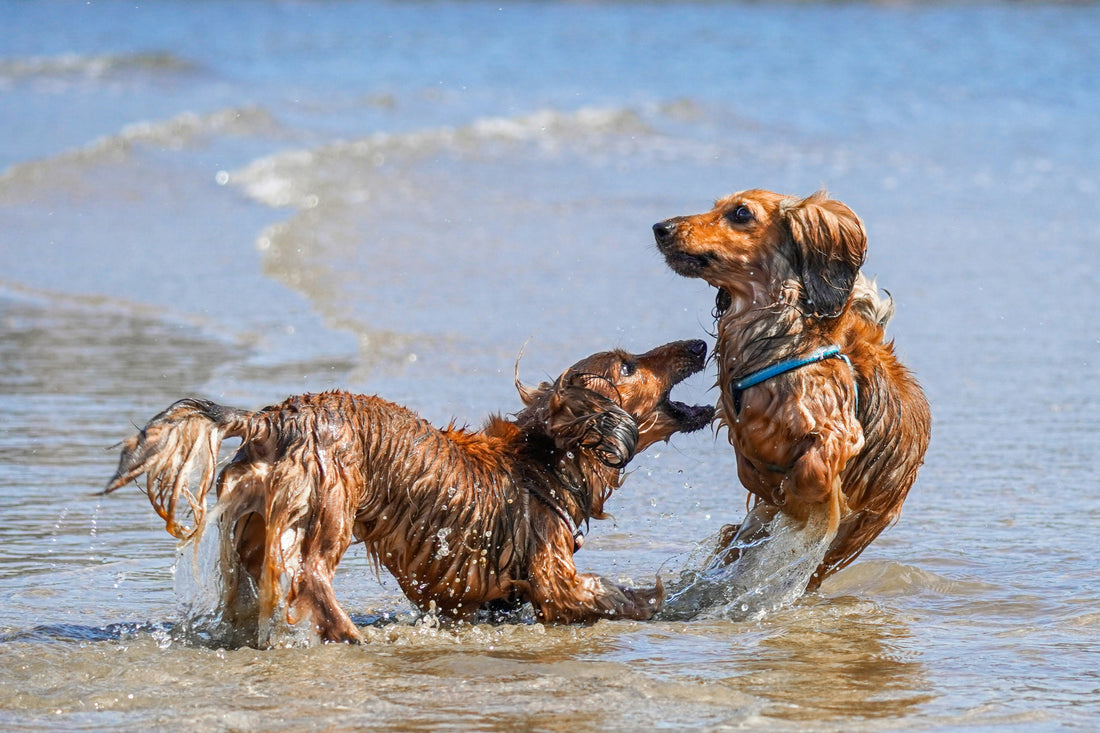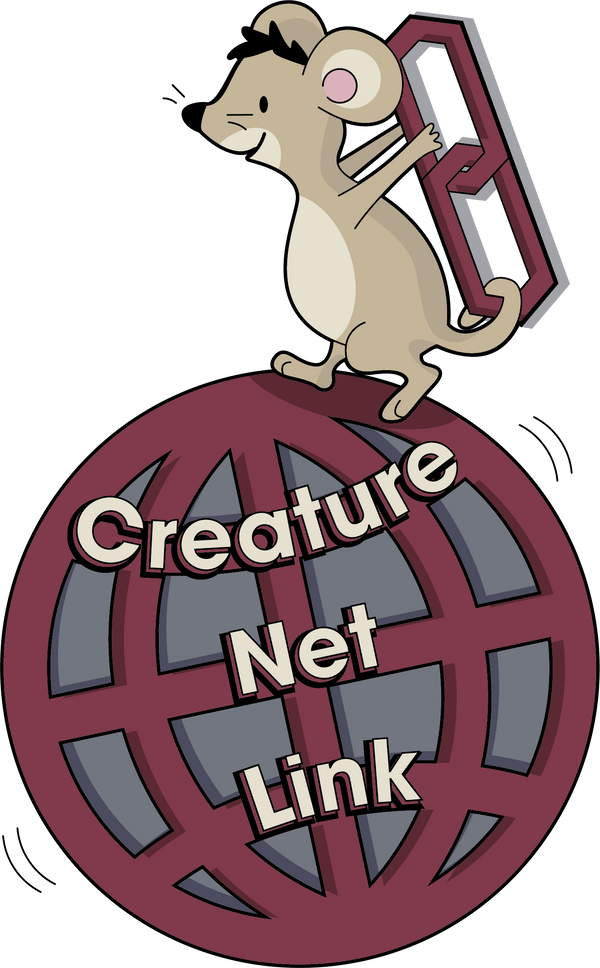
Intervertebral disc disease, aka IVDD
Share
IVDD can be a devastating condition affecting countless dogs, and the odd cat.
Certain breeds are heavily genetically predisposed like pekingeses and especially dachshunds. Environmental factors like obesity, ageing, trauma and certain metabolic situations can make any dog prone to IVDD. Trauma and obesity are the factors I see most often as contributors in private practice.
Various processes happening with discs (cushion like structures between vertebrae) are responsible for the symptoms experienced. Weather due to degeneration or trauma the discs undergo any of the following processes, tears, fissures, instability, cracks, delamination and herniation. These can cause anything from various degrees of pain, to full blown paralysis.

A major problem are the secondary muscle spasms occurring around the site of the offensive disc. It's the body's way of attempting to stabilize the area. These muscle spasms contract around the spinal route nerves exiting the spinal cord; and are responsible for a great deal of the major symptoms we see with the condition. Pain as much as a certain amount of neurological deficits can be attributed to this.
Various symptoms are possible, and numerous combinations of the below as well:
- Pain manifested by individuals walking with an arched back, reluctance to jump, crying when being picked up, short temper and possible aggression towards other pets in the family.
- Ataxia or wobbly walking, dragging paws, leaving legs behind, wearing nails excessively right down to the nail bed.
- Paralysis/paresis to various degrees, anything from loss of control of one leg to total paralysis with or without loss of bladder and bowel control.
The gold standard of treatment is surgery (laminectomy, hemilaminectomy, fenestration and ventral slot), following an MRI to determine precisely which intervertebral disc spaces are involved and to what degree. Ideally, this should be performed soonest after first symptoms develop. Surgery is fairly successful and, certainly, in some instances the best option for a positive outcome. Unfortunately, in many cases, surgery is not an option due to financial constrains or lack of facilities able to perform such operations.

This is one of those conditions where, in my opinion, conservative treatments play a pivotal role and can make all the difference. Even the simplest act of strict confinement, anti-inflammatories and careful nursing (for those incontinent cases) can go a far way and result in a positive outcome, but it may take time.
Furthermore, modalities like acupuncture, physiotherapy and hydrotherapy are very useful and really improve results.

I have personal experience with acupuncture for these cases. Having successfully treated numerous cases of IVDD over the years. These cases respond beautifully to acupuncture, just not quickly. It takes a few weeks to months before seeing results.
HOME INFO
- Confinement is key in preventing progression of the condition and potentially turning into full blown paralysis. This doesn’t just mean no running and jumping, but it requires your pet to be completely prevented from moving and dragging itself around. Cages and crates can be useful as are baby playpens, depending on the size of your dog. This is imperative in the acute phase of the disease but plays an important role as the disease becomes more chronic as well.
- In colder parts of the world it is important to keep the back muscles warm. Jackets, blankets and heat packs can be used for this.
- Once exercise has resumed, surfaces are important. Outdoors choose flat, hard ground. Thick sand and hills are to be avoided. Indoors, tiles and laminated floor are slippery and should be covered with rugs or rubber mats.
- Rubber booties can create stability on slippery floors and can become very useful when ‘learning’ to walk again.
- Massage can help relieve muscle spasms. It doesn’t have to be any fancy massage technique, the idea is just to increase the blood supply to the area and get the muscles to relax. This can be done by using your thumbs. Exerting firm pressure, one that is well tolerated and move them in circular motion, away from the spinal cord, on either side, all down the length of the back. Preferably done after the muscles have been warmed up with a bean bag, or similar.

- Passive joint movement. This is very useful in patients with any degree of paralysis or paresis. It consists of moving each joint gently within its full range of motion, a few times per day, starting at the bottom and moving up.
- Valerian is a great herb for back pain. It has muscle relaxing properties and the slight sedative effect will help with resting and convalescence. It will also help if some individuals are finding confinement stressful.
- Omega 3 has good anti-inflammatory effects and will be useful in this situation.
- Hypericum (St John’s wort) is indicated in the acute phase in these cases
- Weight is a big problem with IVDD. If your dog is overweight a diet is very important. A few kilos less will make a substantial difference.
- A joint supplement will assure optimal condition of joints in general and help locally at the site.
- When mobility returns towels and/or harnesses can be used to support hindquarters when your dog starts to walk again. Short distances at first, followed by gradual increases in distance and time on their feet.
- Lifewave patches: Ice wave, X39, Aeon
Persevere, it can take months for improvements.
https://creaturenetlink.co.za/pages/podcasts
Best of luck
Dr. Sarah
